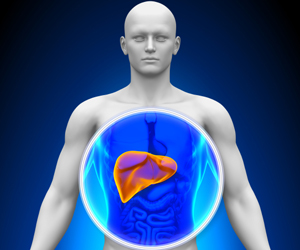Swiss researchers have found that the artificial sweetener acesulfame passes through our body into wastewater, survives treatment and accumulates in groundwater, which may help track
Swiss researchers hope to track water pollution with an artificial sweetener called acesulfame. This chemical passes through our body into wastewater, survives treatment and accumulates in groundwater - thus enabling scientists to track the source of pollution.
"Groundwater can be polluted by several sources, and it's sometimes not clear where that pollution comes from," researcher Dr Ignaz Buerge, an environmental chemist at the Swiss Federal Research Station in Schloss, told Discovery News."We now have a marker of domestic wastewater which can be used in tracing pollution," he said.
Contaminated groundwater is both an environmental and public health issue.
Once run-off gets into the environment, though, it can be hard to know whether it came from industry, agricultural fields, traffic, homes or other sources.
Scientists have been looking for marker molecules that might help them track down and possibly reduce some of these inputs.
Previous candidates for markers have included caffeine, pharmaceuticals and components of personal care products.
Advertisement
Buerge and colleagues wondered if artificial sweeteners might work.
Advertisement
The scientists collected both treated and untreated samples from 10 wastewater treatment plants.
They also collected urban groundwater, tap water, and water from four rivers and 8 lakes near Zurich and from a remote alpine lake.
In each sample, the researchers looked for evidence of four sweeteners: Acesulfame K, saccharin, sucralose, and cyclamate.
They found evidence of all four sweeteners in untreated wastewater.
In treated water, 90 percent of saccharine and 99 percent of cyclamate were eliminated. Sucralose endured, but concentrations were small.
When it came to acesulfame, a significant amount survived the treatment process unharmed.
According to Buerge, the team measured the equivalent of 10 milligrams per person per day of the sweetener in untreated waters, and the same concentrations in treated waters, which often ended up in lakes and rivers.
"These concentrations are astronomically high," said Associate Professor Bruce Brownawell, an environmental chemist at Stony Brook University, New York.
"If I had to guess, this is the highest concentration of a compound that goes through sewage treatment plants without being degraded," he added.
"The fact that acesulfame is easily detected in groundwater makes it a promising tool for determining whether contamination comes from domestic sources," said Buerge.
Source-ANI
TAN















